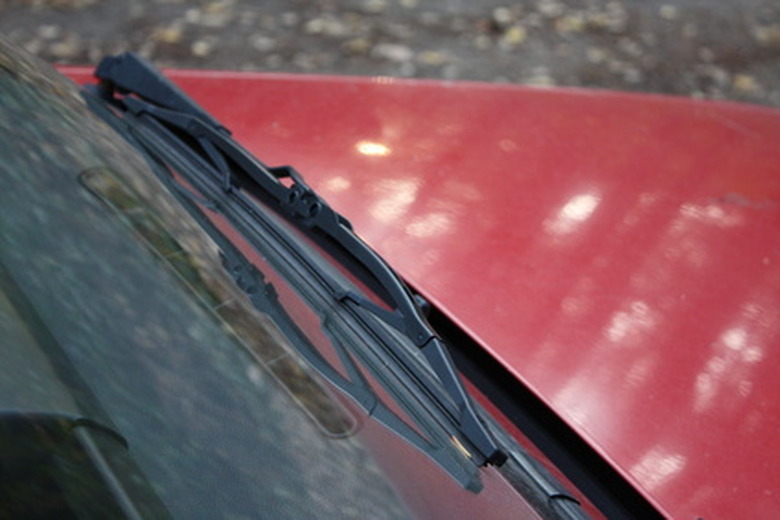How To Polish Tempered Glass
Things Needed
-
Electric buffer or drill with buffing attachment
-
Buffing pads made of hard felt or leather
-
Cheese cloth or chamois
-
Silicon carbide sandpaper, one sheet each of 600-, 1200-,1500- and 2000-grit
-
Spray bottle containing water
-
Cerium oxide polish, 90 or 99.9 percent cerium content
Not all glass is the same. Tempered glass has been heat treated to achieve a surface strength of 10,000 pounds per square inch. The rapid heating and cooling of float glass makes a product that is several times stronger than regular annealed glass. Tempered glass is used in applications where safety is key. When broken, tempered glass is reduced to small fragments, thereby avoiding the jagged shards that may cause injury. Because of its inherent strength, scratches in tempered glass may be removed by polishing, but the process can be labor-intensive. Deep scratches must be ground before polishing.
Step 1
Place silicon carbide sandpaper on buffer or drill-buffing attachment. Grind out the scratch until it cannot be felt by a fingernail running across it.
Step 2
Use 600, 1200, 1500 and 2000 grits successively to speed the grinding process. Clean the surface with water after each grit change.
Step 3
Clean off the ground area with water and clean your tools.
Step 4
Mix cerium oxide polish with water to create a milky slurry. 99.9 percent cerium will work faster than the 90 percent formulation.
Step 5
Place the buffing pad on your buffer or drill attachment. Place slurry on your buffing pad. Polish the scratched area.
Step 6
Keep polishing the area and dampen by misting regularly with water from the spray bottle.
Step 7
Clean and dry the polished area with cheese cloth or chamois once the scratch can no longer be seen.
Tip
If a scratch is too deep, replacement of the glass may need to be considered.
Warning
Eye protection should be worn when using grinding and polishing tools.
